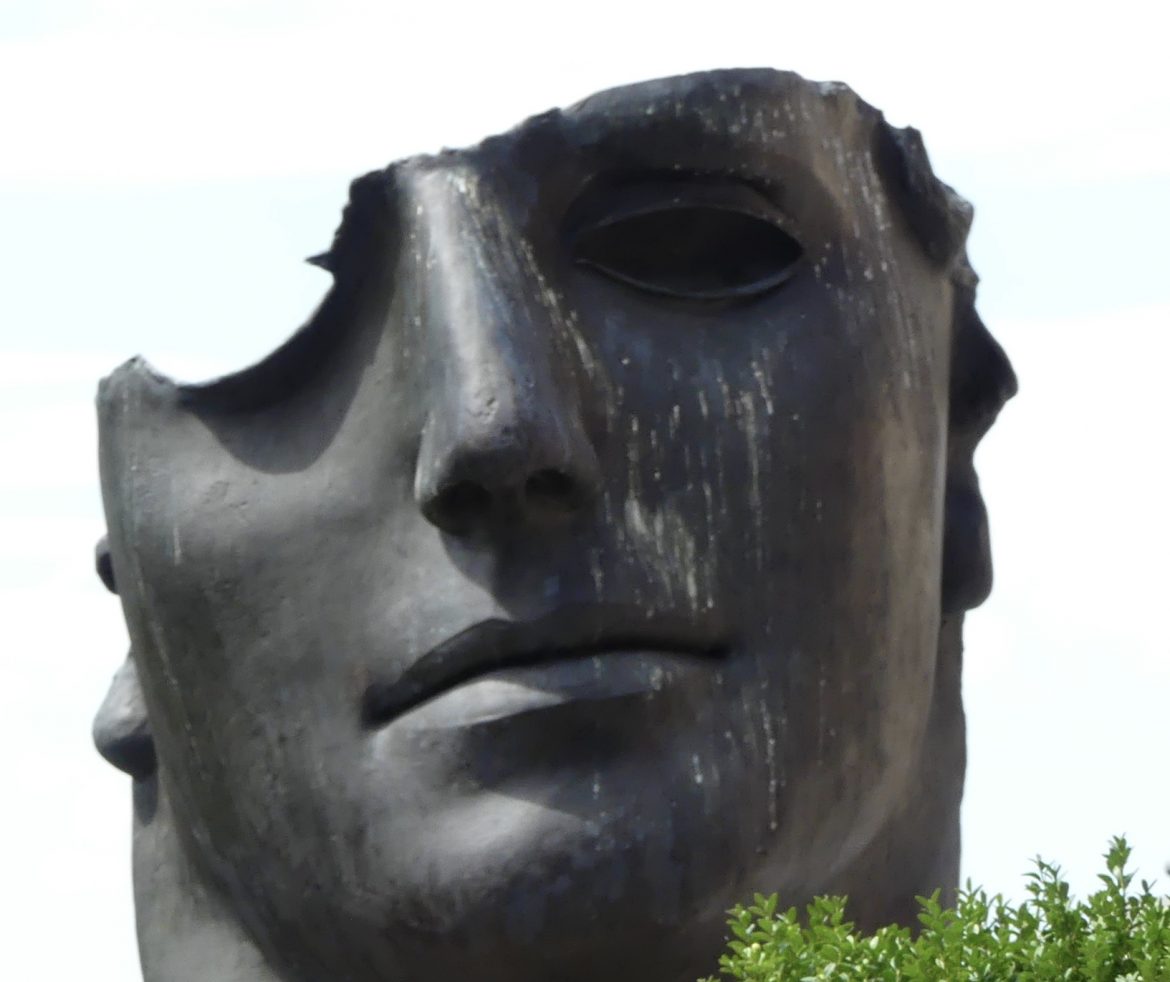by Christine Sine
Advent, at least in the Western church, officially started yesterday. This challenging season when we await the coming of the promised son of God is upon us, but some of us are confused as to what it means. Is it a time to get all our Christmas shopping done? Or should we be decorating our homes and making Christmas cookies? Or is it a time to plan our Christmas parties?
Advent is meant to remind us of why Christ came, of what is broken in me and my world and why God needed to intervene to bring wholeness. This is a time for deep and serious reflection on how we live our lives and commit ourselves to the purposes of God.
Advent Reminds Us That The Work Of Salvation is Ongoing
Advent bids us ask – What do we still need to be saved from? How can our world be made whole again? Salvation was not something that happened 2000 years ago and never needs to be repeated. Advent reminds us that the work of salvation is ongoing.
We still need to be saved, and our world needs to be made whole, just as the face in the statue above seems to need. I am very aware of this as I look at the news and contemplate the world around me. 70 million refugees, some of them starving as they search for a home. Climate change already devastating parts of our globe as we turn our backs and deny that human activity is responsible. Tax bills that redistribute wealth in favour of the wealthy and corporate interests. Racism sexism, violence and animosity towards those who are different. Walls on our borders to keep out brothers and sisters. The list goes on.
We still need to be saved from both our individual and societal sin. We still need to repent and move towards the birth of Christ with a resolve to commit to actions that lead us in a new direction – towards the ways of God not away from it. Towards healing and love and wholeness not brokenness and hate and divisiveness.
Christ Holds It All Together
The promise of Advent is that God is indeed in the business of making all things whole again and Christ coming into our world is the one who holds all the broken pieces together. Colossians 1:18-20 comes to mind:
He (Christ) was supreme in the beginning and—leading the resurrection parade—he is supreme in the end. From beginning to end he’s there, towering far above everything, everyone. So spacious is he, so roomy, that everything of God finds its proper place in him without crowding. Not only that, but all the broken and dislocated pieces of the universe—people and things, animals and atoms—get properly fixed and fit together in vibrant harmonies, all because of his death, his blood that poured down from the cross.
His death accomplished this, but his birth made it possible.
That reminded of the Japanese art of Kintsugi, in which broken pottery is mended with lacquer dusted or mixed with powdered gold, silver, or platinum. This art recognizes that the breaks are part of the history of the object and need to be preserved rather than disguised. I think Advent is a little like that. It reminds us that we live in a broken world, but through the life, death and resurrection of Christ all those broken pieces are properly fixed and fit together again. Advent gives us hope in the midst of our sorrow and despair. Brokenness is all around us, God is restoring, renewing and making all things whole again and asks us to be part of the process.
I had hoped to mend a broken plate and use it as an illustration here but was not able to, but suggest you sit for a couple of minutes as I did this afternoon and imagine a broken vessel that God is mending with gold and silver. Imagine that it is your hands God is using to bring that healing into being. Now, watch the video below and reflect on the meaning of Advent for you. What brokenness in the world around you is God asking you to help mend? What could you do over the season of Advent to bring that about?

